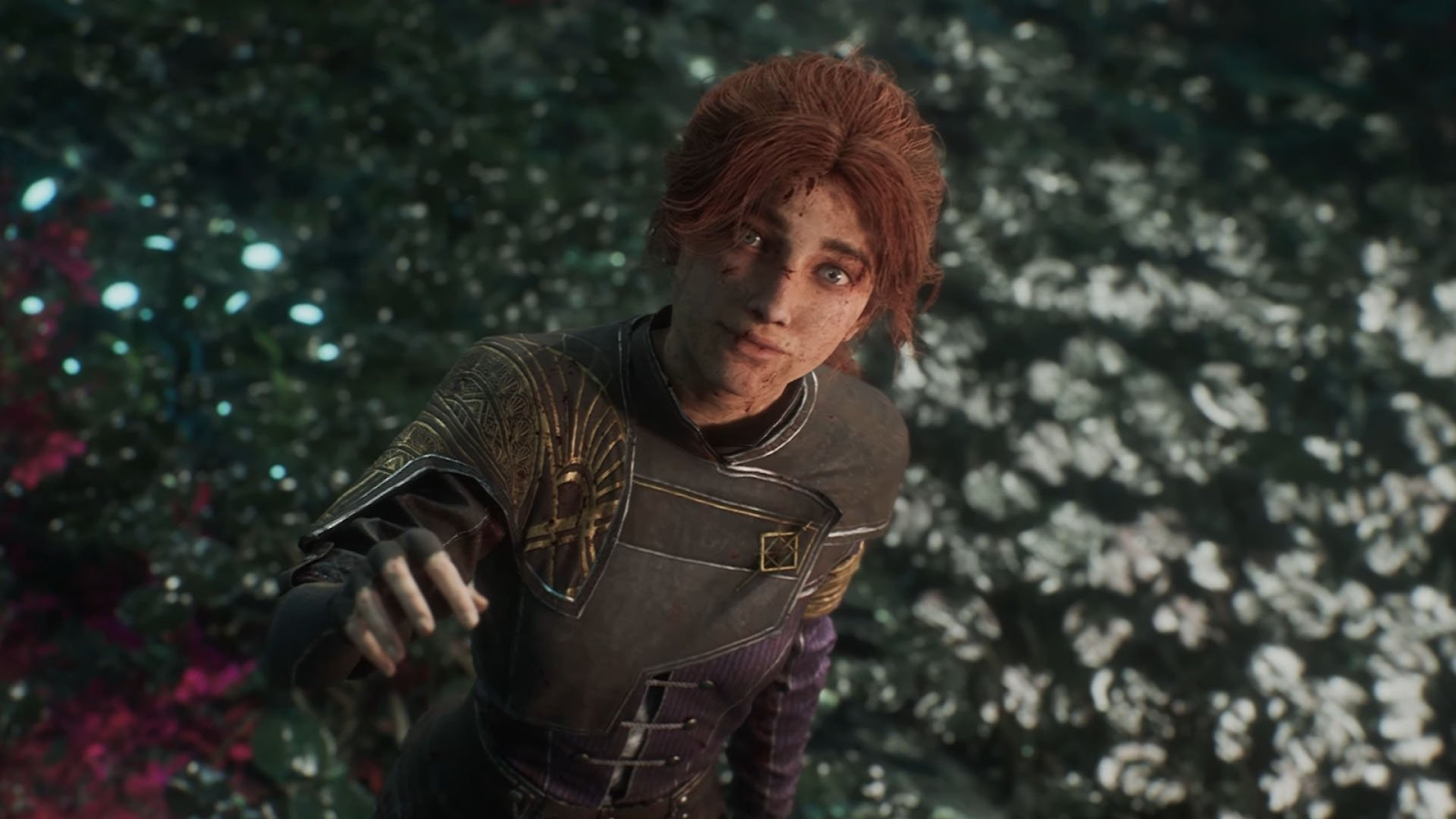The Shape of Silence: Understanding Maëlle’s Grief
(Spoilers Ahead!!)
Ctrl + F Search
Opening Snapshot
Narrative Context & Setup
Core Motivation
Internal Conflict
Relationships as Catalysts
Key Turning Points
Thematic Role
Voice & Personality
Growth & Resolution
- Personal Reflection
1. Opening Snapshot
Initial Impression
Maëlle appears distant and watchful from the moment we meet her. She shadows Gustave quietly, carries out her tasks with solemn focus, and blends into the corners of Lumière despite its vibrancy. Her body language is defensive, her words calculated, her gaze sidelong. She isn’t hiding—she’s surviving.
Posture, Voice & Interactions
Her voice is low, steady, and rarely rises. Her tone is formal but not cold—polite without intimacy. As the story progresses, subtle warmth begins to bloom in private moments. These glimpses of change reflect the cracks forming in her emotional defenses.
Emotionally Self-Contained
Maëlle never emotes freely. She doesn’t joke or weep easily. She responds to affection and teasing with restraint. She is a teenager who learned not to ask for comfort.
Hints of Hidden Grief
She doesn’t flinch at the Gommage.
She embraces the Expedition not with hope, but urgency.
She aligns to Gustave not just out of respect, but dependence.
Her voice shifts subtly as Alicia’s memories resurface—a quiet giveaway of a deeper fracture.
Synthesis
Maëlle is a vessel of loss. What looks like strength is structure. What looks like confidence is containment. Her silence isn’t hollow; it’s full.
2. Narrative Context & Setup
Maëlle begins as a courier, but she is also a runner—from grief, from silence, from memory. She joins Expedition 33 not to rise, but to disappear. Lumière’s ritual erasure of the elderly shapes her childhood and calcifies her grief. Gustave provides the only structure that doesn’t dissolve under her feet.
But structure becomes crutch. His death uproots her identity. Verso’s presence only intensifies her unraveling. In truth, Maëlle isn’t a supporting role. She’s the city’s subconscious brought to light.
3. Core Motivation
A Need to Belong
Every mission, every gesture, every repaired wall—they’re all ways to feel useful. Because if she’s needed, she won’t vanish.
A Sadness Without Shape
Her grief isn’t spoken. It lives under her skin. It shapes her walk. It rules her decisions. She treats it not as a burden to remove, but a truth to carry.
A Mask of Usefulness
Helping Gustave, fixing Lumière, aiding the party—these acts are performances of necessity that hide her fear of abandonment.
The Expedition as Mirror
Her outward journey is a blueprint for her internal one: not saving the world, but locating herself within it.
4. Internal Conflict
Cracks Between Independence and Need
When Gustave dies, Maëlle doesn’t collapse. She constricts. The question she asks Verso, "Did you let him die?" is her rarest moment of vulnerability.
Vulnerability in Silence
She does not confess. She journals. She lingers in silence. Her tears are earned slowly and shed alone.
What She Withholds
Her origins. Her fear. Her need. All hidden behind ritual, repair, and reason.
5. Relationships as Catalysts
Gustave
He gives her grounding—and with that, dependency. His loss isn’t just grief. It’s identity collapse.
Verso and Renoir
They make her confront her truth. Not just who she was, but what she’s carried.
Intimacy Without Explanation
Verso understands her without translation. That understanding frightens her more than solitude.
Summary
Maëlle’s relationships don’t heal her. They force her to feel. They fracture the illusion of "moving on."
6. Key Turning Points
Realization: She isn’t just a courier. She is Alicia—the memory, the myth.
Fragmentation: Her identity begins to fray.
Choice: Remain in a fading ideal (Canvas), or return to a flawed reality.
Reckoning: She names grief for the first time.
Her story is not about repair. It’s about visibility—making grief seen.
7. Thematic Role
Permanence Over Closure
Maëlle is a living argument that some grief stays. That’s not failure—that’s truth.
Culture of Forgetting
Lumière is built on erasure. Maëlle resists not with rebellion, but remembrance.
Action Over Tears
She doesn’t sob. She mends. She steadies. She acts.
No Final Answer
Both endings wound. Both preserve.
She doesn’t offer healing. She offers witness.
8. Voice & Personality
Guarded Speech
Short. Functional. Controlled.
Emergent Warmth
Laughter flickers when trust sneaks in. Brief. Fragile.
Silences That Speak
More powerful than any monologue. Her silence is the monologue.
Dialogue as Subtext
Each sentence is a message beneath the message. Each pause is a cry she won’t say aloud.
9. Growth & Resolution
A Place to Set Grief Down
She does not "move on." She chooses where grief will live.
Stay in the Canvas: Create beauty. Fade with it.
Leave the Canvas: Re-enter reality. Carry grief openly.
Neither path is peace. Both are purpose.
10. Personal Reflection
Grief doesn’t leave us. My uncle’s death carved a space into me that never refilled. Maëlle reminded me of that void—not to deepen it, but to show how it shapes who I’ve become.
She made me remember that healing isn’t silence. It’s shape. Direction. Presence.
Final Thought
Maëlle doesn’t conquer grief. She names it. She gives it space. And in doing so, she teaches us that some wounds don’t close—but they shape how we walk forward.
_____________________________________________________________________________
11. Reader Engagement
Maëlle’s story lingers—not because it resolves grief, but because it respects it. Her silence speaks. Her choices echo.
I’d love to hear from you:
What moment in Maëlle’s journey hit you the hardest?
Which ending felt truest to you—and why?
Have you ever carried a grief that changed how you see yourself?
Drop your thoughts in the comments.
Let’s talk not about how we “get over” things—but how we carry them, shape them, and live alongside them.
.jpg)





Comments
Post a Comment